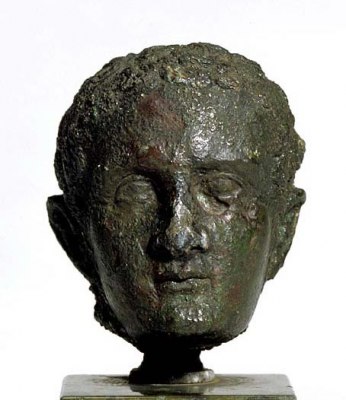This digital archive was curated by Sam Donath in partial completion of UNI HIST 1011 Field Experience: Public History.
 Caligula. Fitzwilliam Museum. Cambridge University
Caligula. Fitzwilliam Museum. Cambridge University
 “Portrait Head of Caligula.” The J. Paul Getty Museum
“Portrait Head of Caligula.” The J. Paul Getty Museum
 Portrait of Caligula, A.D. 12–41, (Ruled A.D. 37–41). Yale University Art Gallery
Portrait of Caligula, A.D. 12–41, (Ruled A.D. 37–41). Yale University Art Gallery
 Caligula Medallion - Crafted by Wedgewood after 1891. Yale University Art Gallery.
Caligula Medallion - Crafted by Wedgewood after 1891. Yale University Art Gallery.
 Small Bust of Caligula. Emperors. The Portrait Gallery. Museo Nazionale Romano
Small Bust of Caligula. Emperors. The Portrait Gallery. Museo Nazionale Romano
 Caligula, Emperor of the Rome, A.D. 12–41, ruled 37–41. Yale University Art Gallery
Caligula, Emperor of the Rome, A.D. 12–41, ruled 37–41. Yale University Art Gallery
 Bronze Dupondius of Gaius/Caligula, Rome, AD 37 - AD 41
Bronze Dupondius of Gaius/Caligula, Rome, AD 37 - AD 41
 Rogers, Elisa. The Coins of the Twelve Caesars. B.C. 48 to A.D. 96 [London: Longman], 1877. p. 21-25.
Rogers, Elisa. The Coins of the Twelve Caesars. B.C. 48 to A.D. 96 [London: Longman], 1877. p. 21-25.